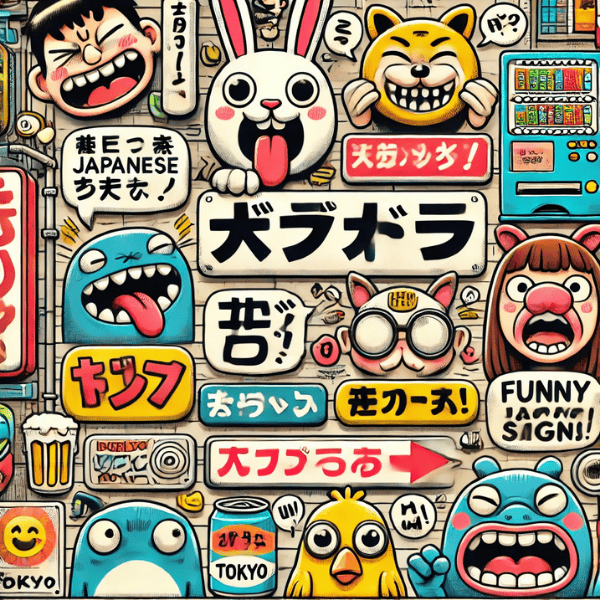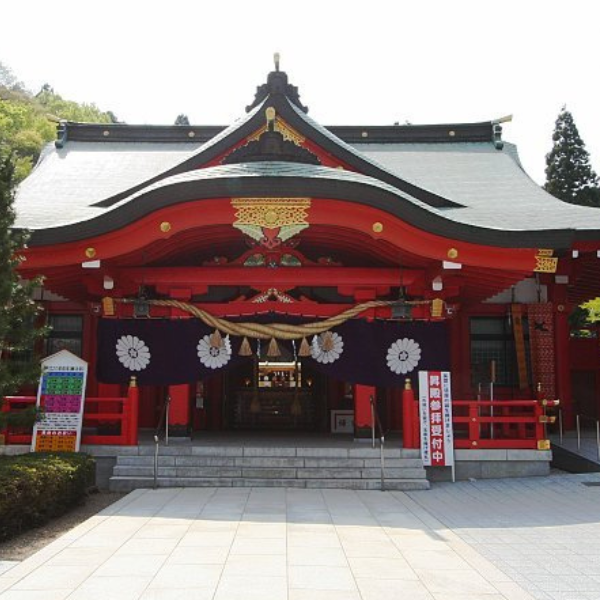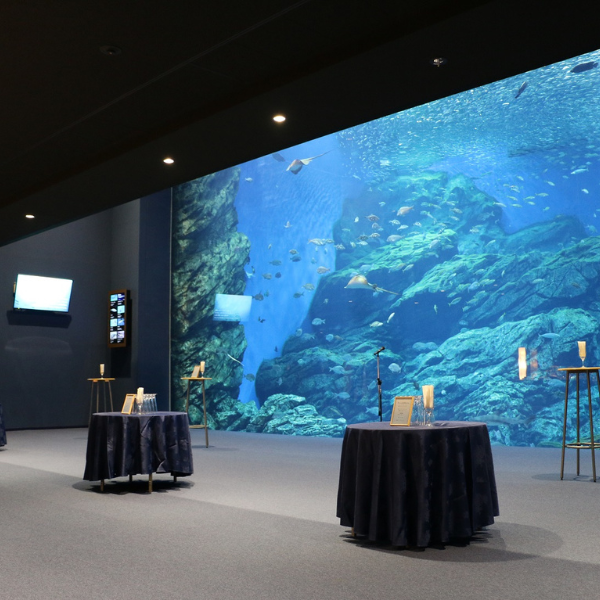Japan is a country known for its rich culture, stunning landscapes, and unique experiences. Among the many things that leave a lasting impression on visitors are the numerous funny Japanese signs scattered throughout the country. These signs, often found in places like Tokyo and Kyoto, are meant to communicate messages to locals and tourists alike. However, when these messages are translated into English, they sometimes end up being hilariously confusing, leading to a phenomenon we call lost in translation.
But why do these signs exist, and what do they tell us about Japanese culture and language? In this article, we will dive into the world of funny Japanese signs , exploring their origins, providing examples, and explaining how these mistranslations come to be. Whether you’re planning to visit Japan or just love quirky humor, this guide will offer insight into why these signs are so endearing.
Why Are Funny Japanese Signs So Common?
The prevalence of funny Japanese signs is largely due to the complexities of translating Japanese into English. Japanese has a completely different sentence structure, vocabulary, and grammar compared to English. This makes direct translation challenging and often results in quirky or confusing phrases.
For example, some signs try to convey politeness but end up sounding overly formal or just plain strange. Others lose their intended meaning altogether, making the sign humorous to English-speaking visitors. This phenomenon isn’t just about translation errors—it reflects cultural differences and how the Japanese language uses context to convey meanings that aren’t easily translated.
Examples of Common Errors in Funny Japanese Signs
- Overly Literal Translations : Japanese signs often use phrases that sound natural in their native context but seem odd when directly translated into English. For instance, you might see a sign that says, Please do not throw garbage in the ass, When it actually means not to litter in a specific area.
- Cultural Nuances : In Japan, it’s common for signs to include phrases like, Please enjoy the quiet scenery with a gentle heart, which may sound poetic but doesn’t quite make sense in English.
- Machine Translations Gone Wrong : Many small businesses use online translation tools, which often misunderstand the subtle nuances of the language. The result? Signs like, I am sorry, we are a stupid customer, appear at the entrance of a store.
These errors add to the charm of the signs, creating a unique aspect of Japanese humor that tourists have come to appreciate.
Funny Japanese Signs You will Find in Tokyo
Tokyo is a bustling metropolis where modernity meets tradition. The city is filled with iconic funny Japanese signs that showcase how language barriers can create memorable experiences. Here are some famous ones:
1. No Smorking Sign in Shibuya
Located in Shibuya’s famous crosswalk area, you’ll find signs asking people not to “smork.” It’s supposed to say No Smoking but the typo makes it a frequent target for tourist photographs.
2. “Don’t Touch the Dog” Signs in Ueno Park
Ueno Park is home to several animal-related signs with amusing translations. One common sign warns visitors: “Please do not approach the dog when they are in a bad mood.” The playful tone and lack of context make it seem as if the dogs have personal issues.
3. Confusing Toilet Instructions in Harajuku
In Harajuku, a sign inside a restroom reads: “After you finish, please remember to flush and have a good smile.” The attempt to be courteous ends up sounding peculiar and leaves visitors chuckling.
Why Tourists Love These Signs in Tokyo
These signs not only entertain tourists but also highlight the hospitality and genuine attempts by locals to make foreigners feel welcomed. Despite the language barrier, the friendliness and willingness to communicate in English are evident. Tourists often find these signs amusing and share them on social media, spreading their charm worldwide.
Kyoto’s Blend of Tradition and Funny Signs
Kyoto, a city known for its historical temples and serene gardens , also has its fair share of funny Japanese signs . The humor here often contrasts with the city’s traditional atmosphere, creating a delightful juxtaposition.
1. “Please Do Not Enter the Temple with Your Soul Lost”
Found at the entrance of a temple, this sign is meant to encourage visitors to be mindful and respectful. However, the wording comes across as unintentionally mystical and amusing.
2. “Keep Your Voice Down or Fox Will Punish You”
At Fushimi Inari Shrine, a sign warns visitors to keep quiet, claiming that loud voices will anger the fox spirits. This blend of folklore and humor makes the sign both amusing and culturally intriguing.
Understanding the Humor in Kyoto’s Signs
Kyoto’s signs often incorporate traditional values, such as mindfulness and respect for spirits, but their translations can make them appear humorous. These signs provide a glimpse into how deeply ingrained spirituality is in Kyoto’s culture, while still offering tourists a lighthearted experience
Unique Funny Japanese Signs in Okinawa
Okinawa, a tropical island paradise, is known for its laid-back atmosphere. This casual vibe is reflected in the island’s signage, which often features humor that seems more relaxed and less formal than that in mainland Japan.
1. “If You Can’t Swim, Please Do Not Drown”
At many beaches in Okinawa, you’ll find safety signs that unintentionally sound sarcastic. The original intent is to warn visitors to stay safe, but the phrasing makes it sound like drowning is simply a suggestion.
2. “Watch Out for Poisonous Sushi Fish”
Okinawa’s signs sometimes mix serious warnings with light-hearted phrasing. A restaurant sign may warn diners to avoid certain fish, making the threat sound almost comical.
Why Okinawa’s Signs Are Different
Okinawa’s unique humor is influenced by its island culture, which is more laid-back and welcoming. The signs often reflect the locals’ willingness to joke with tourists, making it a friendly place to visit.
Why Do These Funny Japanese Signs Exist?
The existence of these signs can be attributed to several factors:
- Language Differences : The Japanese language relies heavily on context and nuance. Direct translations often strip away these elements, resulting in awkward phrasing.
- Cultural Differences : Concepts that are normal in Japanese culture may seem strange when explained in English. For example, expressing emotions in signs, such as requesting visitors to “enjoy with a gentle heart,” may feel unusual to English speakers.
- Tourism Boom : With the rise in English-speaking tourists, more signs are being translated into English, increasing the chances of humorous translations. Small businesses without access to professional translators often rely on automated tools, which frequently produce incorrect results.
Understanding these reasons helps us appreciate the humor behind these signs. It’s not just about laughing at mistakes—it’s about recognizing the effort and intention behind them.
How to Enjoy and Respectfully Share Funny Japanese Signs as a Tourist
If you come across one of these signs, it’s important to enjoy them respectfully. Here are some tips on how to appreciate them without being insensitive:
- Take Photos, but Ask First : While it’s tempting to snap a photo, always ask for permission if the sign is on private property or inside a business.
- Share with Context : When sharing online, provide some context. Explain why the translation is funny and appreciate the cultural background.
- Respect the Effort : Remember that these signs are a result of locals trying to communicate in a language that’s not their own. Appreciate their effort to make tourists feel welcome.
By following these guidelines, you can enjoy the humor while showing respect to the people and culture of
Conclusion: What Funny Japanese Signs Tell Us About Japan
Funny Japanese signs are more than just a source of humor ,they are a window into Japanese culture and the country’s approach to hospitality. They reflect a genuine desire to communicate and accommodate foreign visitors, even when language barriers exist.
These signs are also a reminder of the beauty of cultural differences and the humor that can arise from misunderstandings. Whether you’re traveling to Japan or enjoying these signs from afar, they offer a light-hearted way to connect with the culture.
Leave a comment
Your email address will not be published. Required fields are marked *



